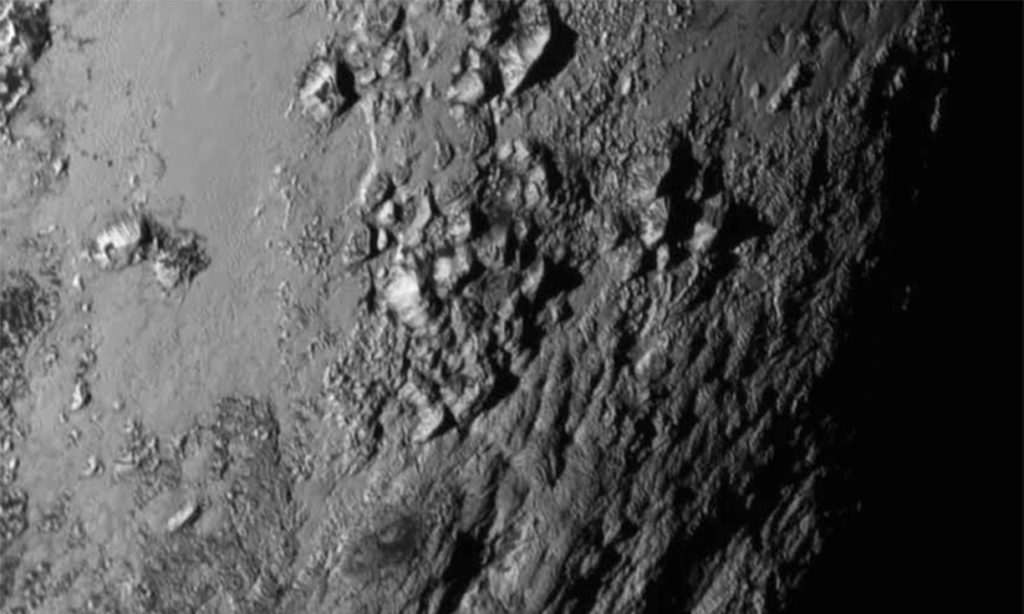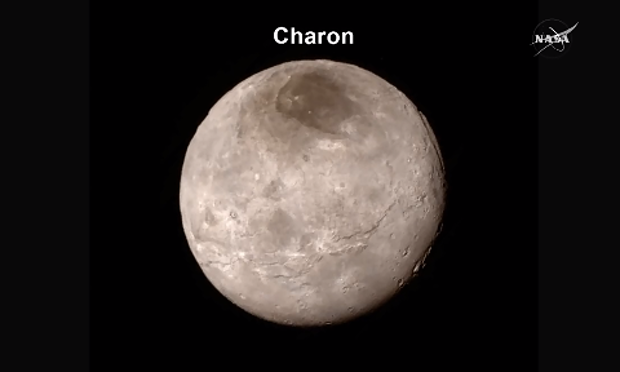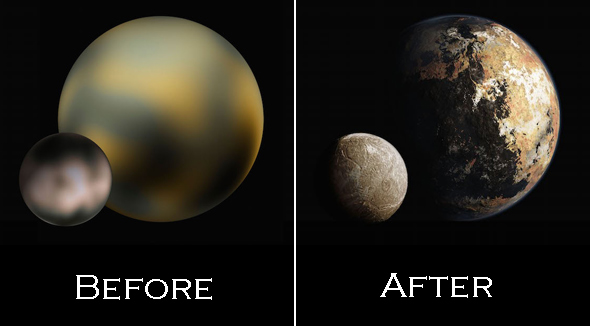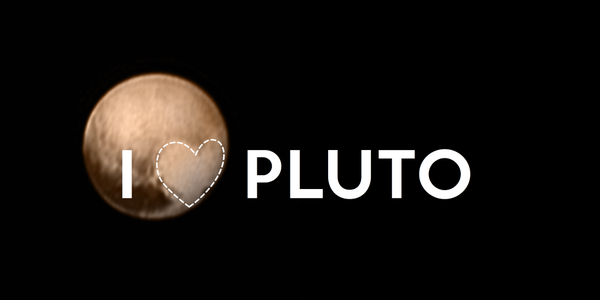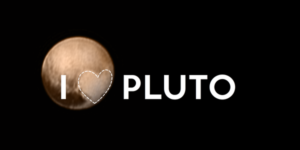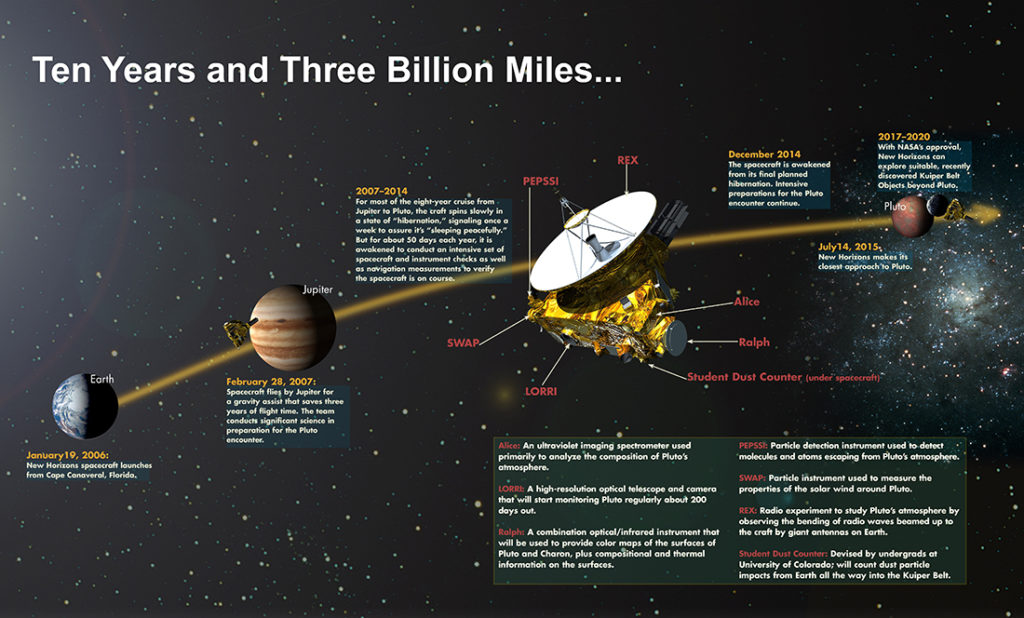
Things we learnt about Pluto in the last one week!
INCREDIBLE!
One word to describe what New Horizon has sent us so far! Let us look at a quick timeline of events.
Ten years and three billion miles later, New Horizons has sent back something no one has ever seen before, a good picture of Pluto! The first high resolution images of Pluto shows young icy mountains of around 11000 ft with no evidence of craters. NASA has released the following images.
For years, the international astronomy community has been arguing if Pluto could be called a planet or dwarf planet. But New Horizon’s recent discovery has helped us understand, Pluto indeed belongs to a binary planet system – partnering with what was originally assumed to be its moon, Charon. Well, Hello there!
Click here to watch an amazing wobbly dance of this binary system, around a common center of mass. Each full revolution takes 6.4 earth days. Pluto and Charon are tidally locked to each other, showing the same face to one another. After the fabulous display of heart shaped surface, This object officially becomes the most romantic planet of the solar system (well, at least according to me!).
To give you a quick impression on how good these images are, check out what we knew about Pluto and Charon before.
Click on the image below to watch the animation.
So wonder what happens next? The mission will be continued and New Horizons will enter the Kupier belt! The simple of joy of exploring a whole new world. Thank you New Horizons. It was just a day, but well worth the wait for ten years.
Did you like this post? Read more and subscribe to our monthly newsletter!

